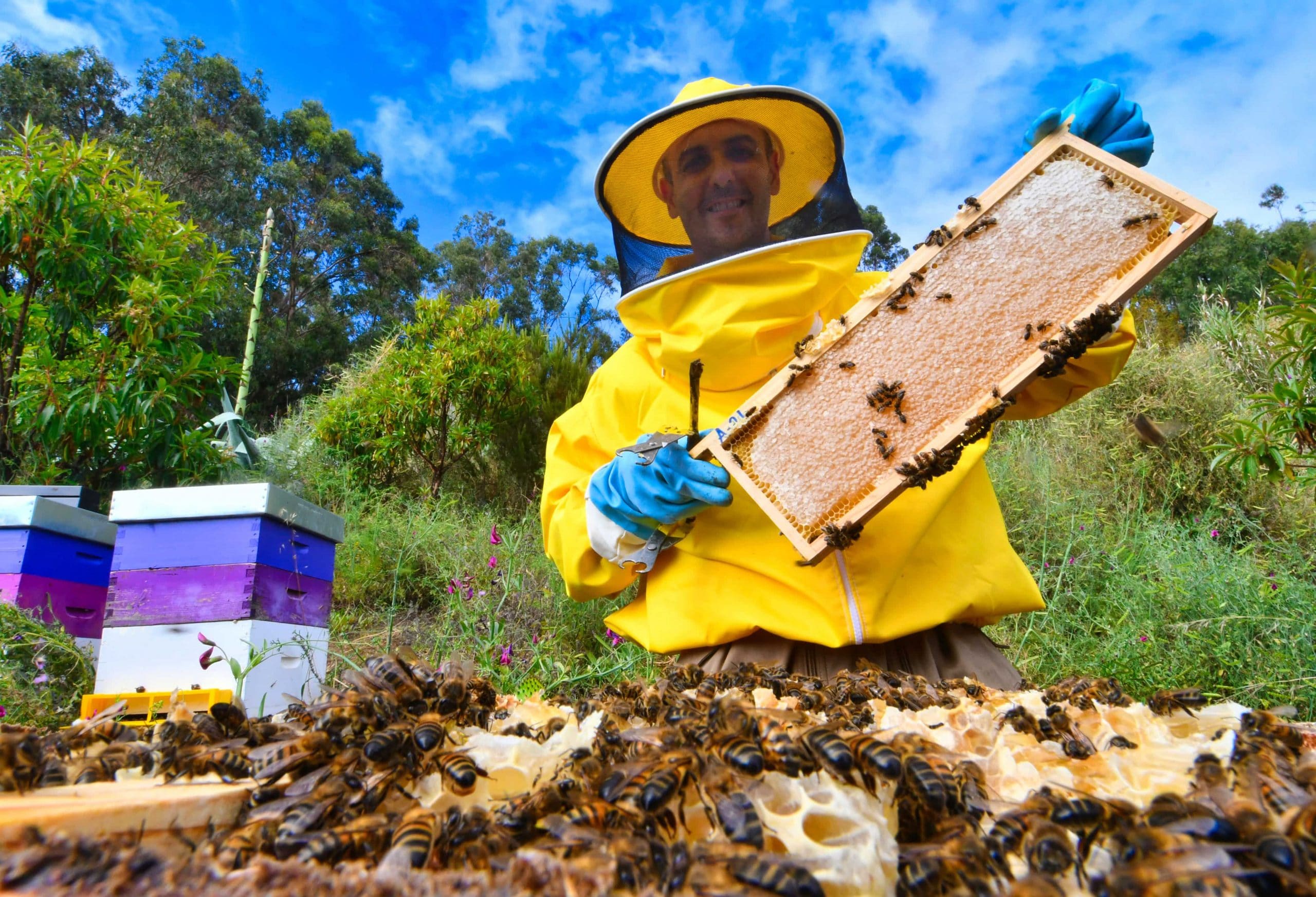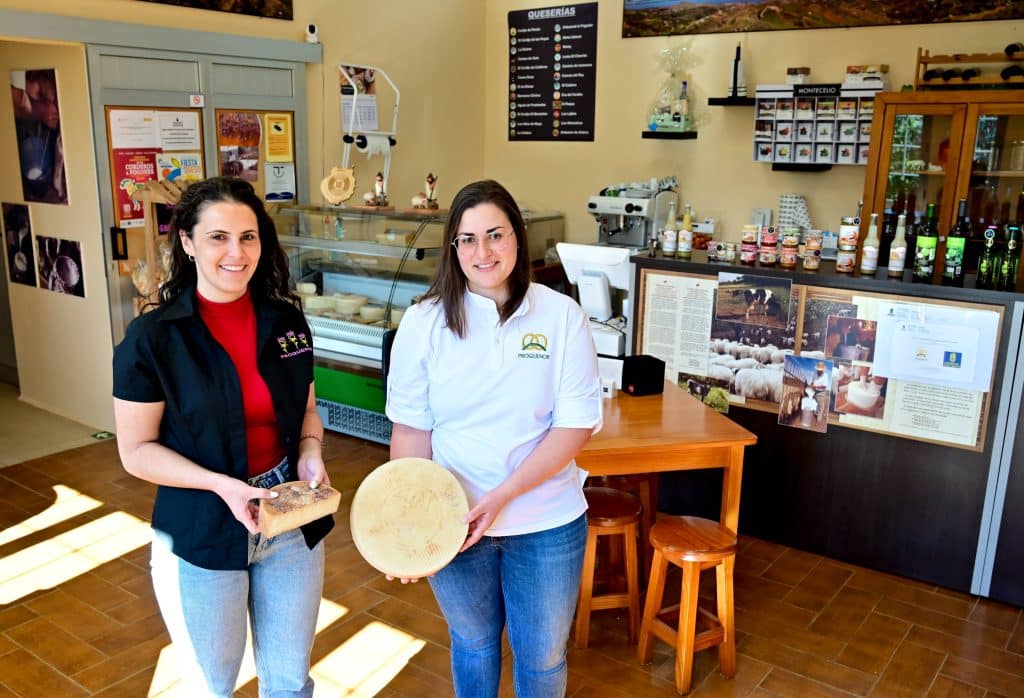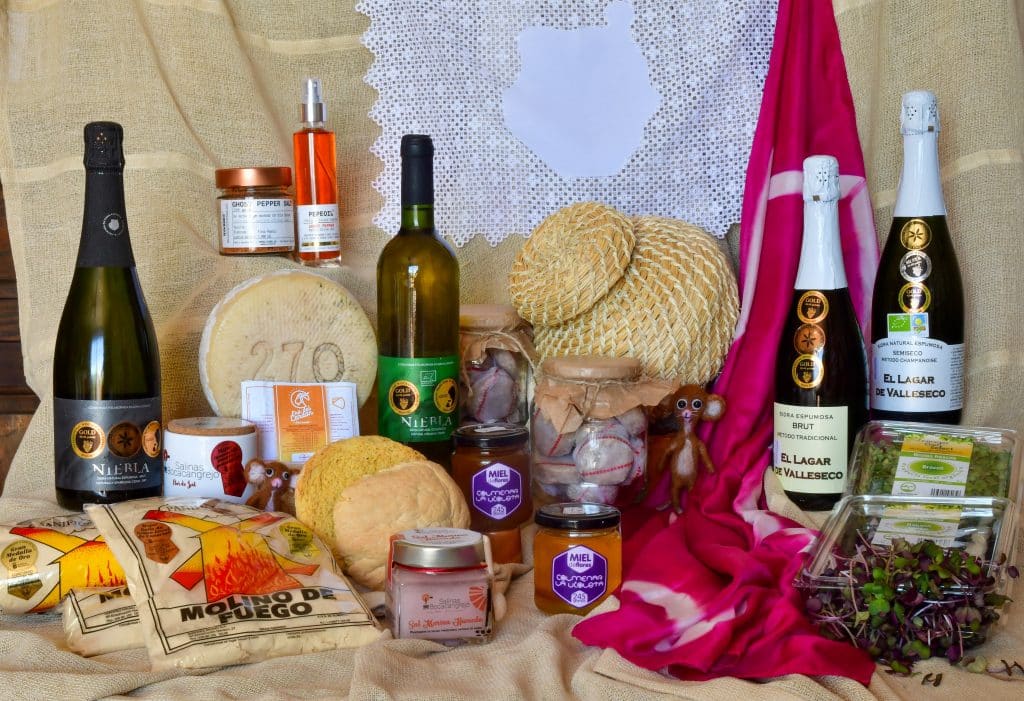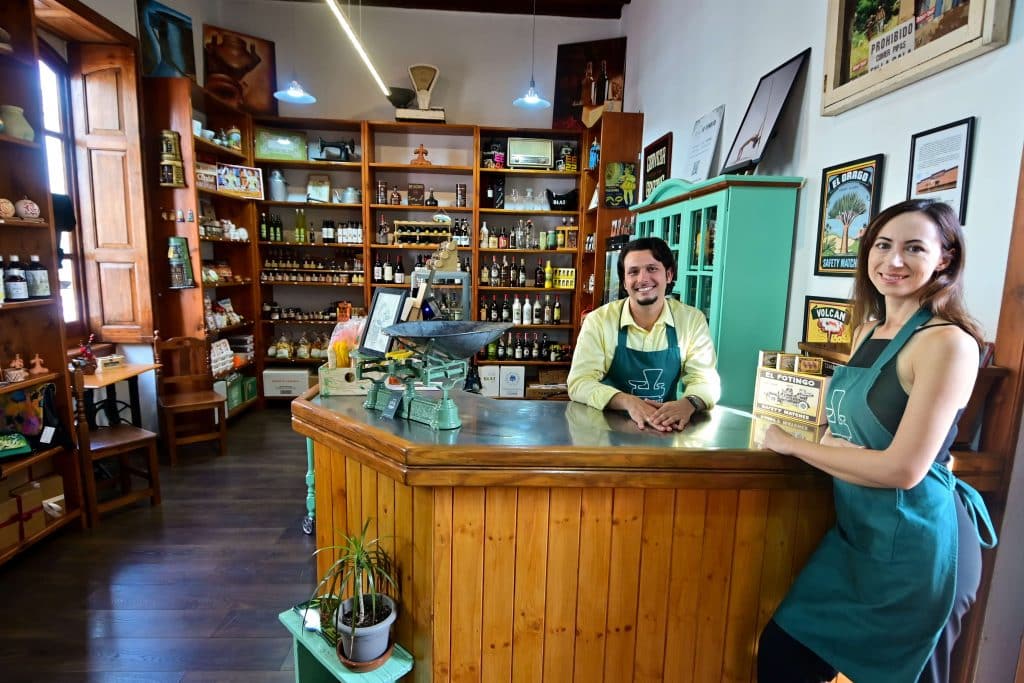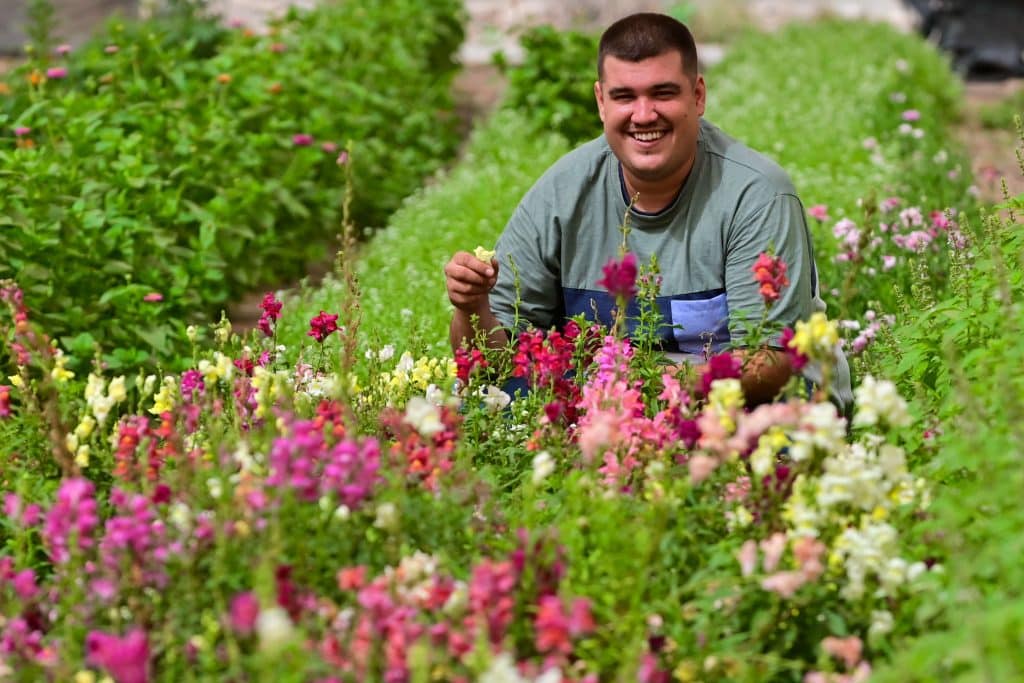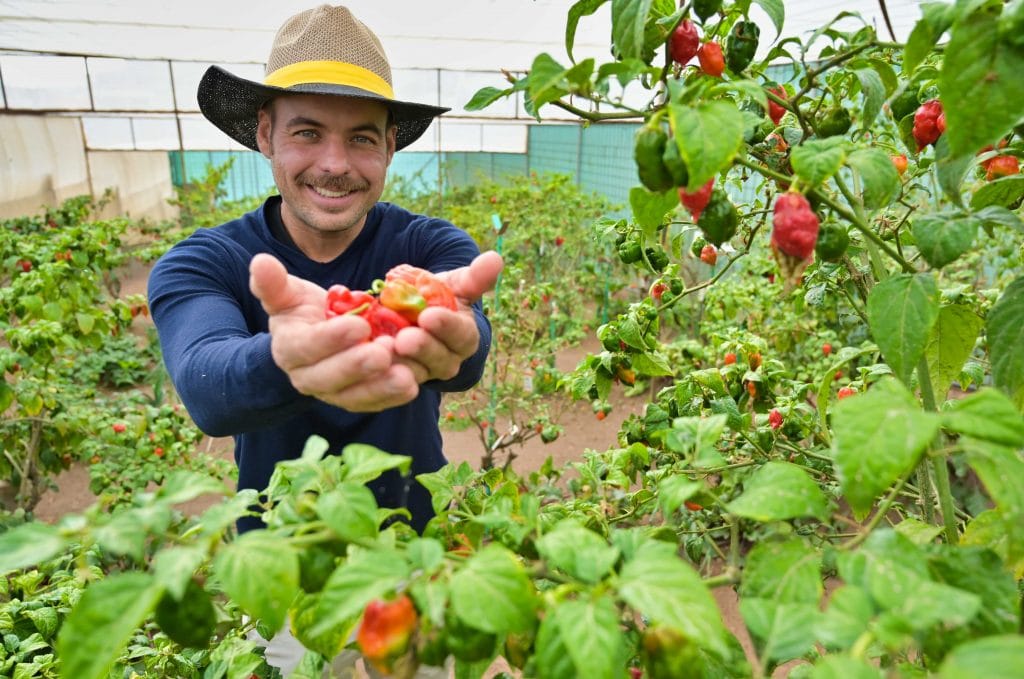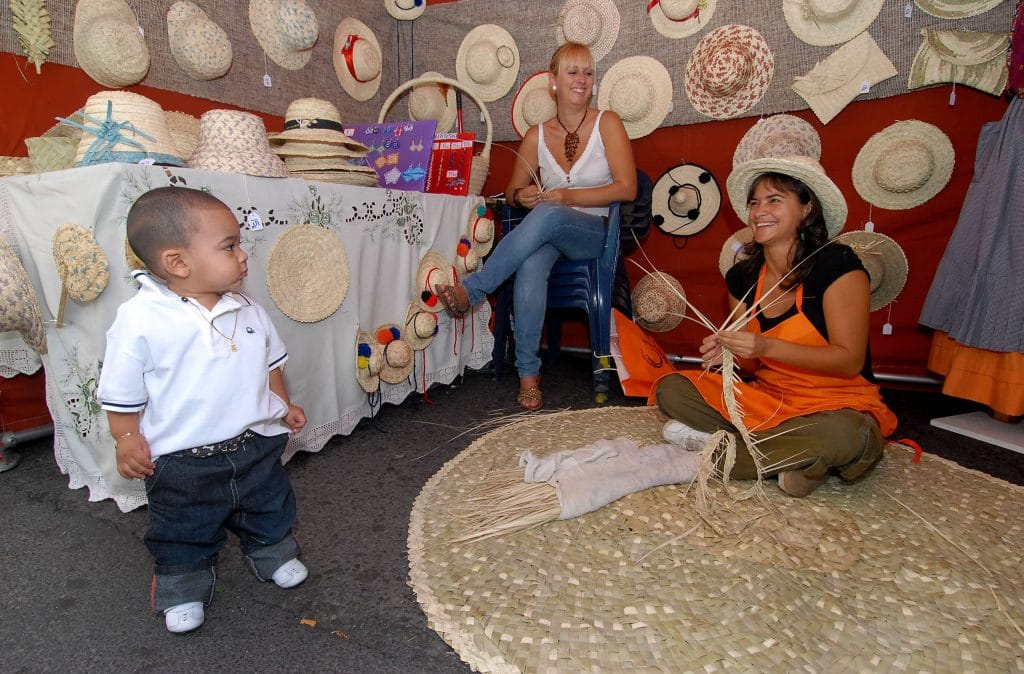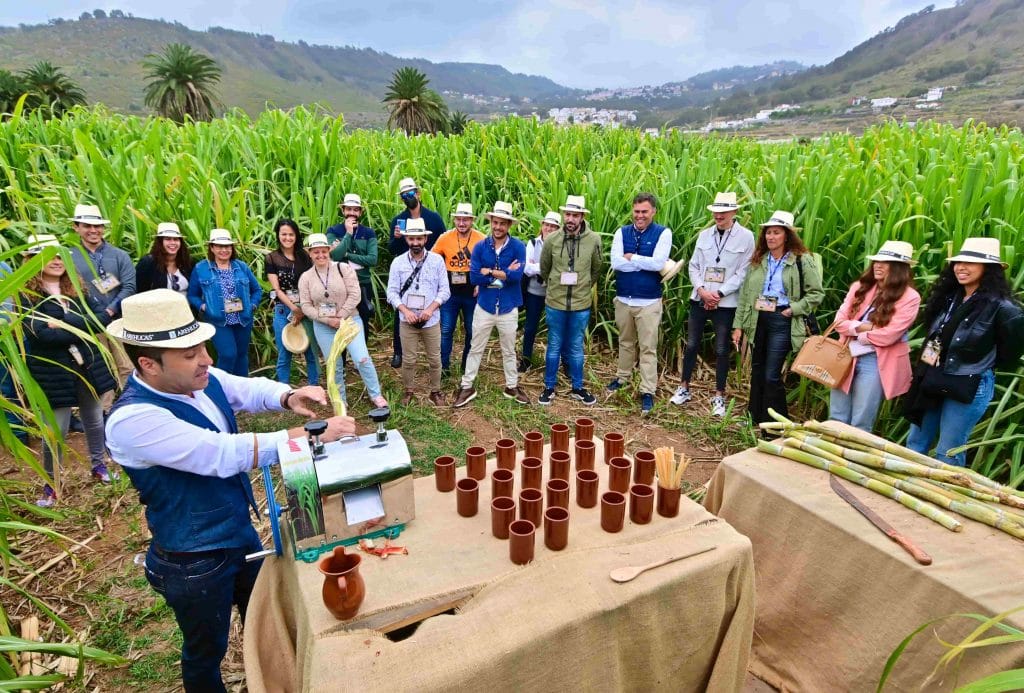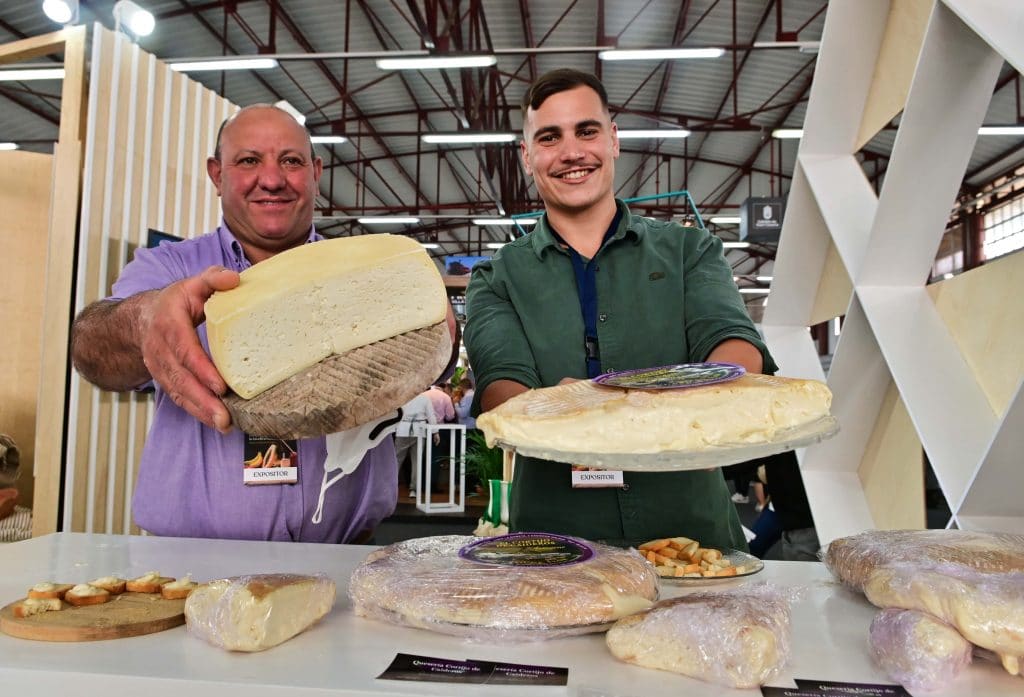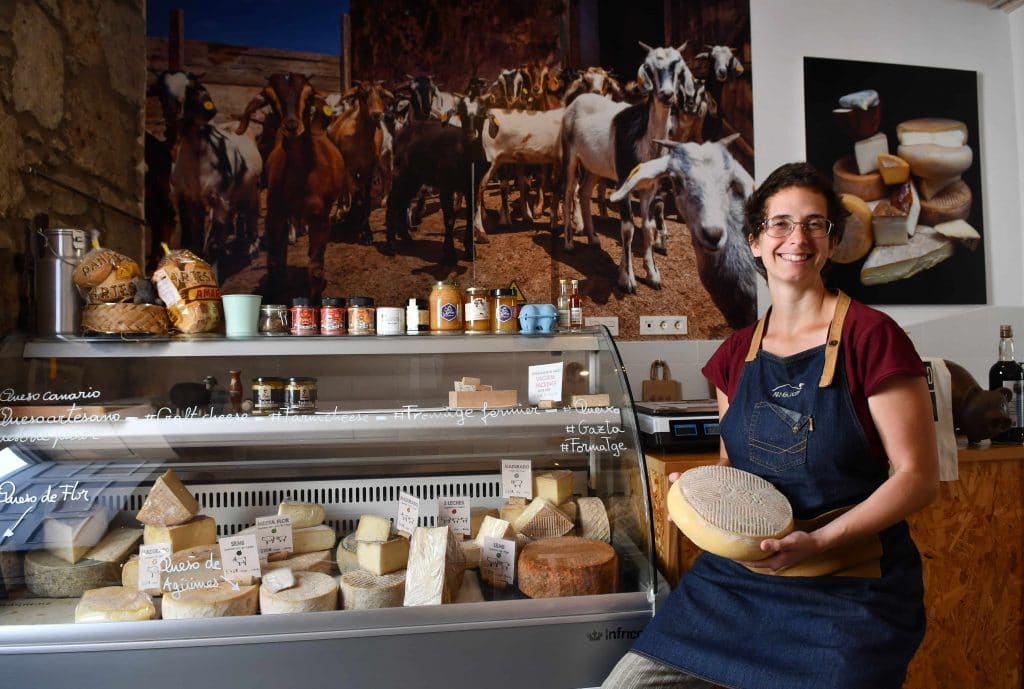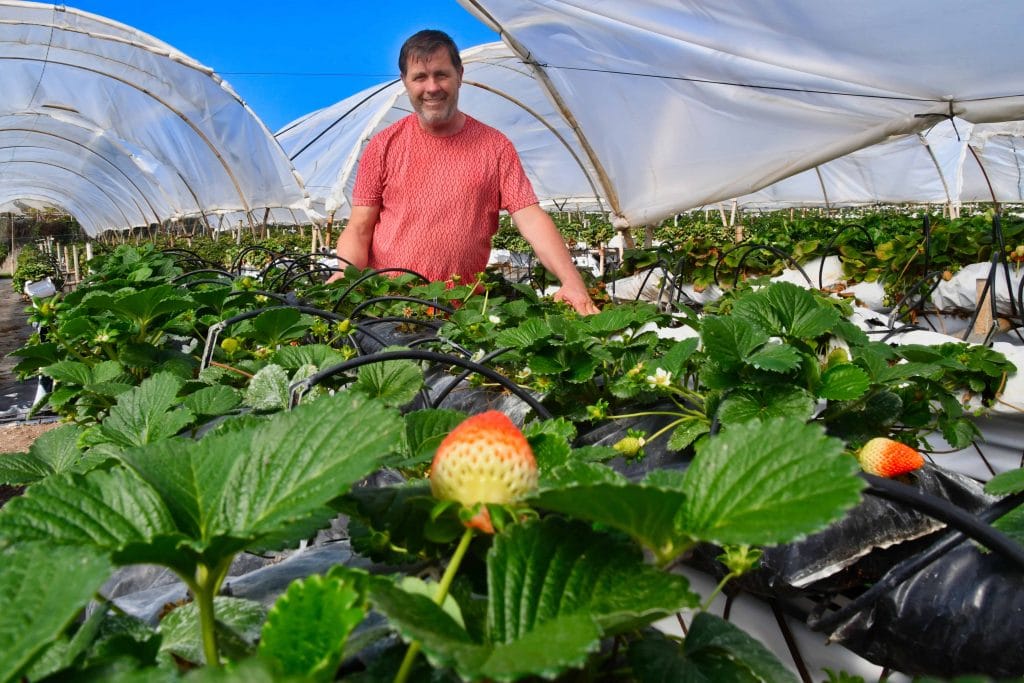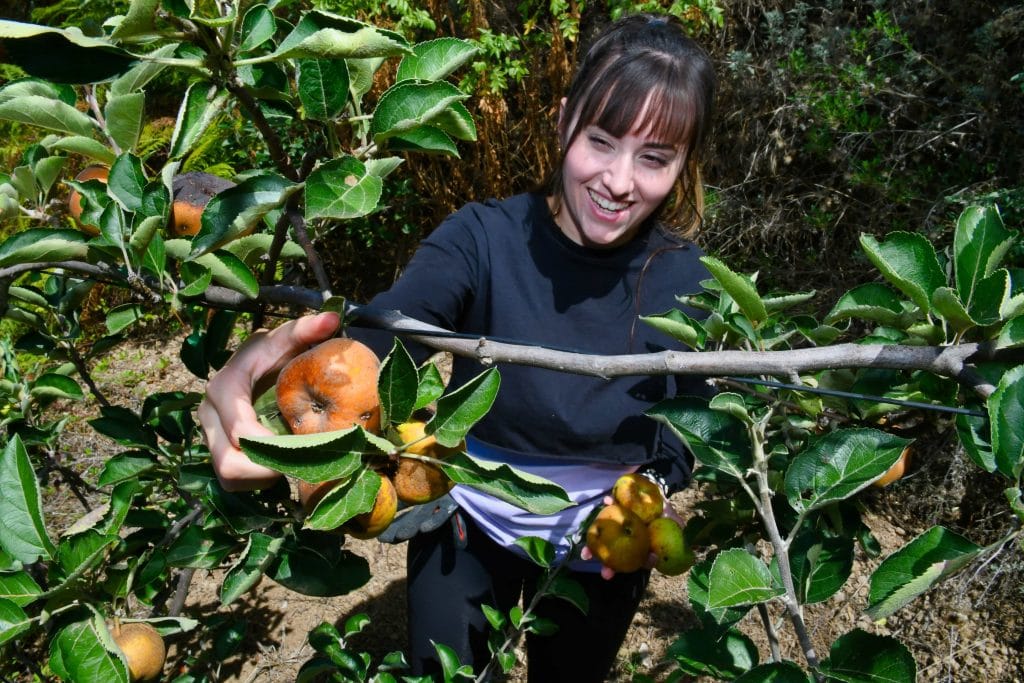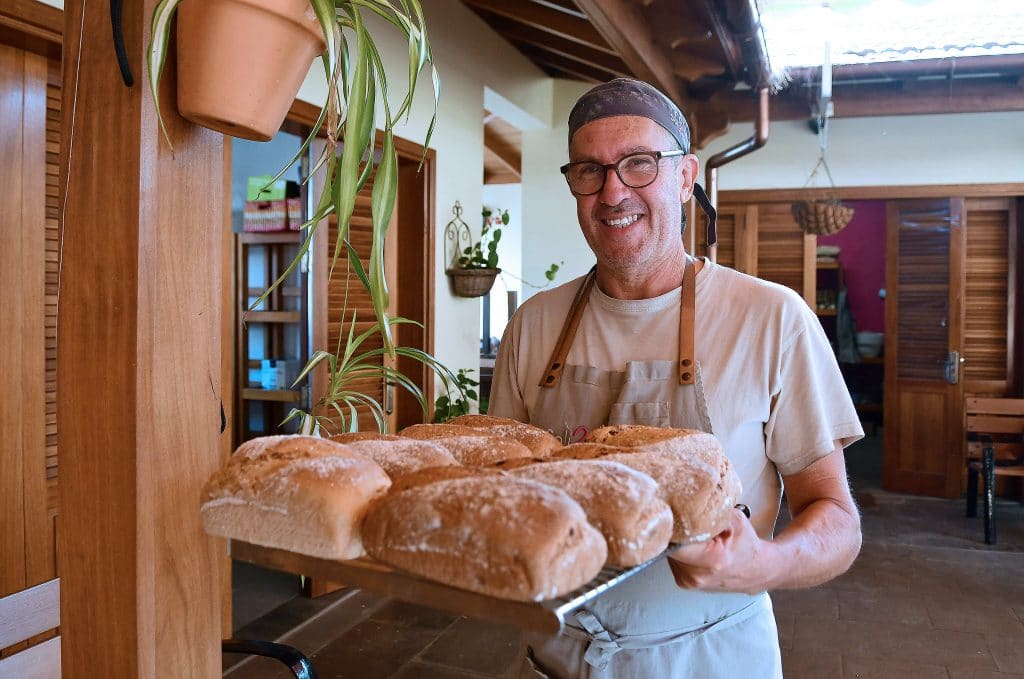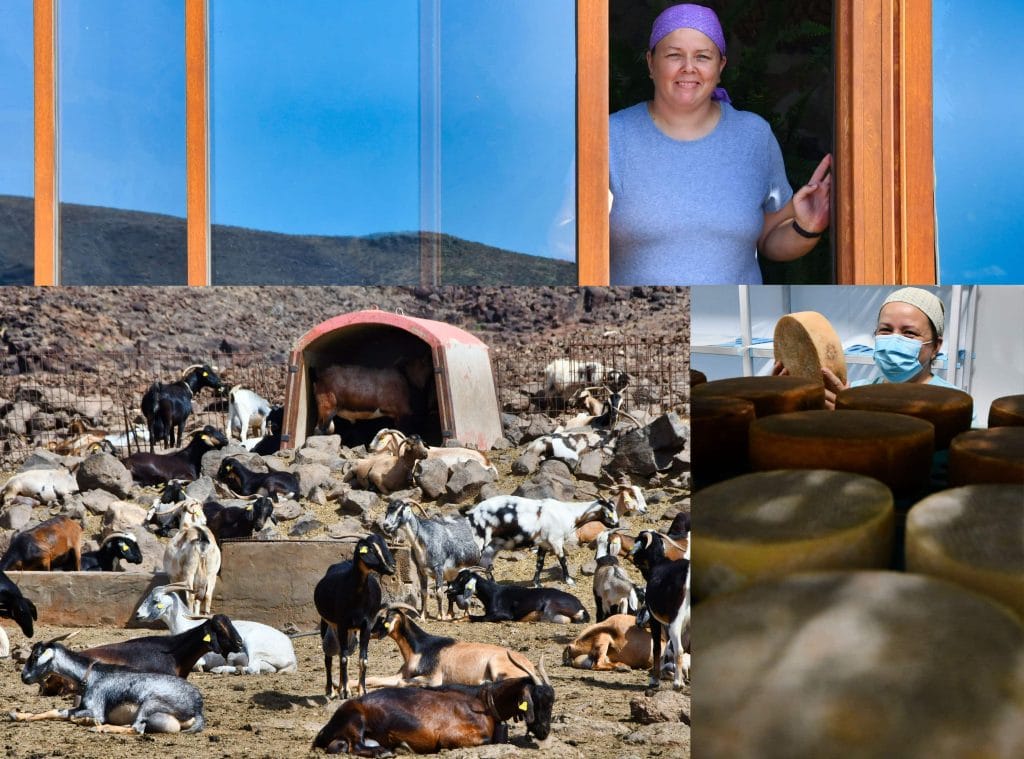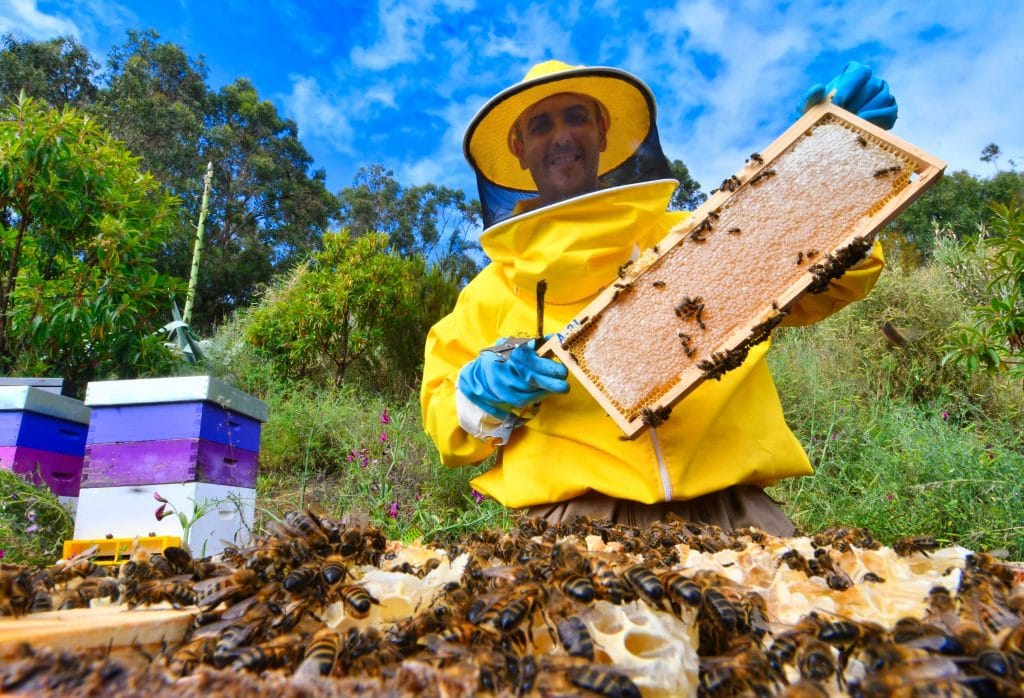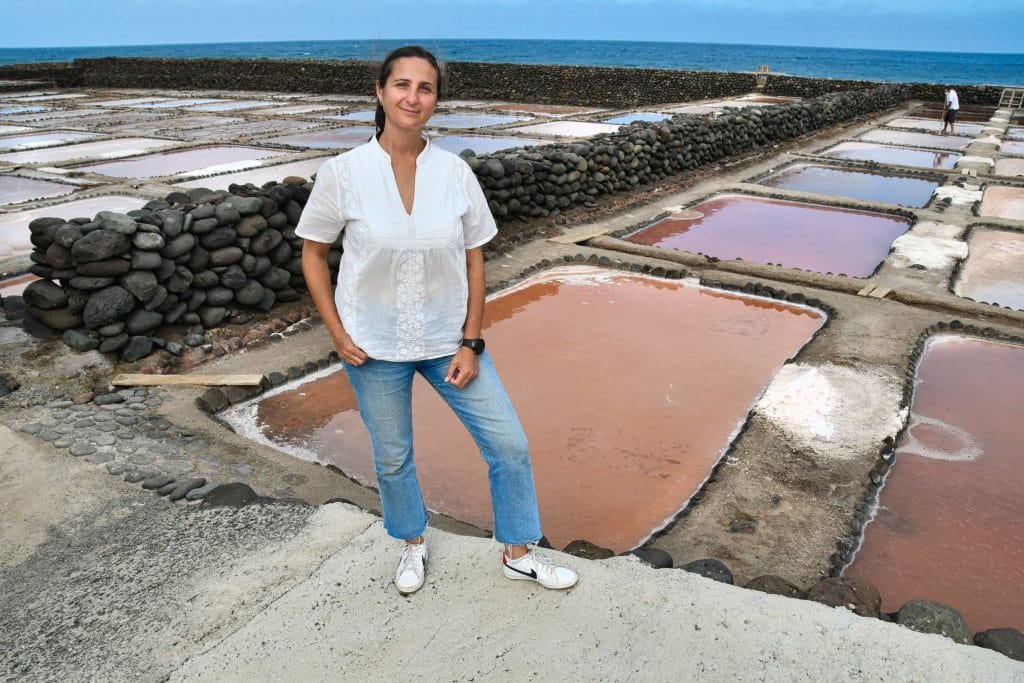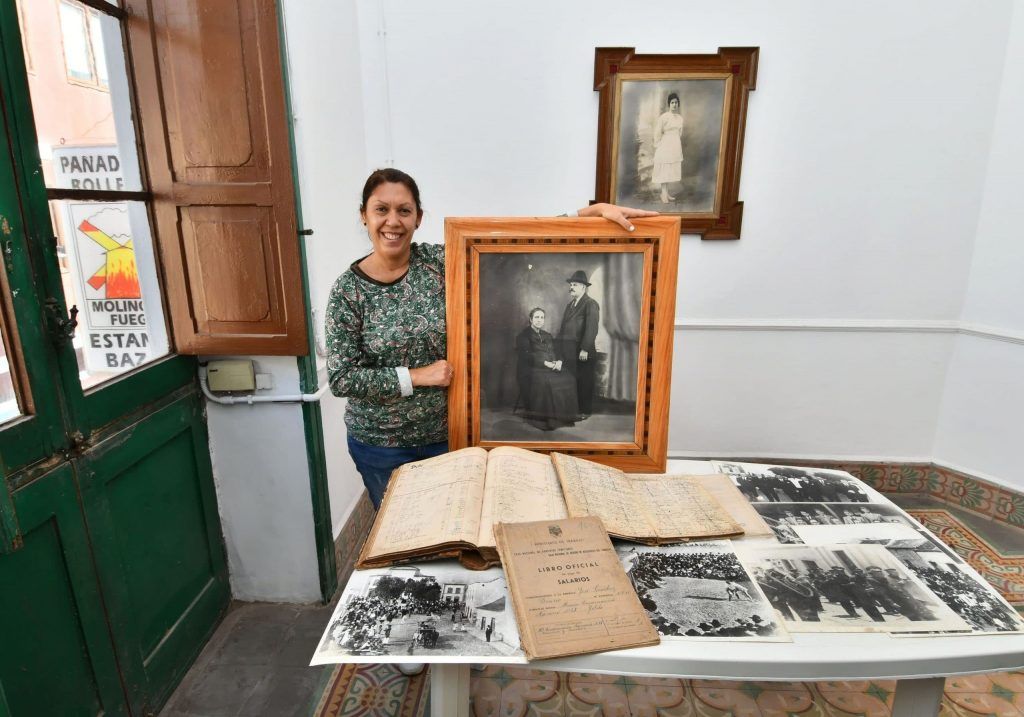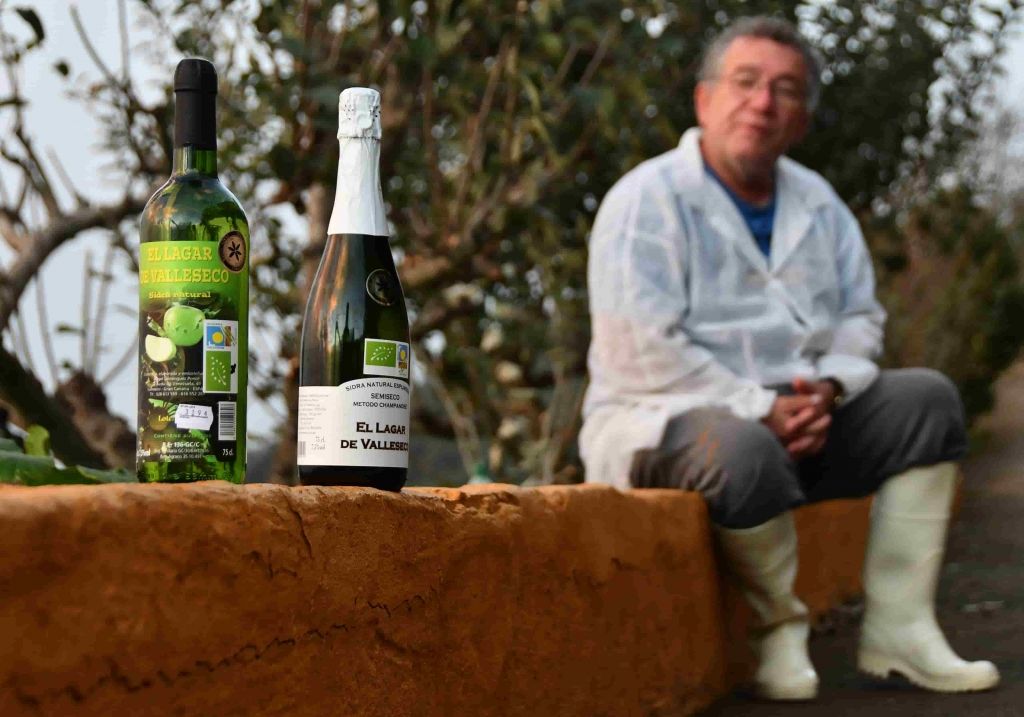Carmelo Iván Santana Quintana @colmenarlavioleta, interviewed by Loreto Socorro, @loretosocorro
Iván was born and raised in the El Caracol neighborhood in Telde. One day his father found a beehive in the house and put it in a box. Ivan watched with amazement and interest as the animals flow in and out, wondering what was happening inside. That boy's curiosity was the driving force behind Colmenar La Violeta today.
Were there more beekeepers in your family before you?
Nobody. I come from a family of goat and sheep herders. I wanted to investigate as a result of the hive that appeared in the house. In a beekeeping store they offered to teach me and that's how I got started, with someone who knew more than I did. They told me that he was the youngest beekeeper there was. I must have been between 14 and 16 years old.
Was that when you created Colmenar La Violeta?
I spent several years learning and I had five hives but there was a varroa crisis (a disease that attacks bees) and I lost all five hives, so I stopped. I focused on my studies and I did not dedicate myself to beekeeping for a few years, until I met my wife. She was the one who encouraged me to take it back on her father's farm in Mogán… I put a couple of beehives and in a short time I saw fifteen.
And where does the name come from?
I wanted to paint them and asked my wife for her opinion. She told me to paint them purple and I called them Colmenar La Violeta.
Are you still with the beehives in Mogán?
Now I focus on Moya and something on Telde. When I moved to Moya it was far away so I moved all my apiary to Telde and, living in Moya, I wanted to do something there because I discovered that there was no beekeeping. The city council also liked the initiative, they welcomed me with open arms and we talked about not only having bees but doing a small project to have Moya honey and give the name Moya to the honey but also do something, from the point of view social, such as explaining beekeeping work in schools and removing hives that appear on unwanted sites for free.
Tell me about those beehive recalls
I do bee hive rescue with specific pest control companies. I've been to hotels in the south. Sometimes they are bees and sometimes wasps, not everyone distinguishes them well. Whenever a swarm is collected, it is taken to a hive, although a handful of bees are usually left behind.
Is a hive the same as a swarm?
A hive is when it is already established with combs, brood and honey. A swarm is a ball that settled in a place to rest and with it, tomorrow it moves to another place. Suddenly if they find a good place they are already established. For example: in the church of Agüimes there are two beehives, if you look you can see the bees coming out between the stones and those beehives are not touched, because they are at a great height and it would also require putting in machines and destroying part of the building so there it is remain.
Is this how they spread naturally?
Bees propagate in nature with the swarm, which is that the mother leaves an unborn daughter and leaves with half the hive and there is the other half with the future daughter who will be the new mother, the new queen. .
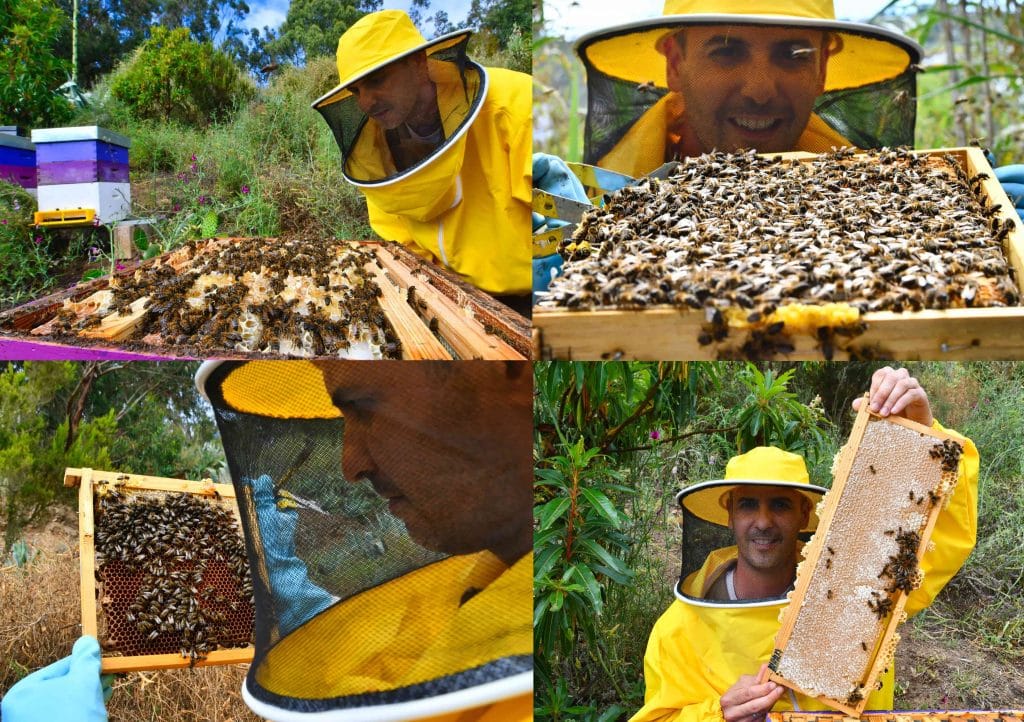
How is the honey from your apiary processed?
Our process, that of local beekeepers, is completely artisanal and we offer raw honey.
It does not have pasteurization, which is the honey that you find in supermarkets.
What is pasteurizing honey?
Pasteurizing is a process where it is heated to make it uniform and ends up being more sweetener than honey. Loses everything, even pollen. They filter it so that it does not crystallize and that it is always liquid but it remains poor.
How do you know what honey and how much is in the combs?
You never know. There are good years that a lot of honey is produced and fast and there are years that having few flowers costs more to produce. This year has been exceptional.
Are you sowing specifically for bees?
No, I have no land for that, so they feed on what is in the field. I do not rule it out but it is an investment that must be considered.
When you collect honey, can you tell which flowers it comes from?
Each honey has its specific color and flavor. Over the years, just by looking at it I can tell what kind of honey I have obtained. It can be confirmed with the analyzes carried out by the Cabildo where they verify the percentages of flowers and the quality levels to present to contests.
Describe us the step by step from the hive to the jar
The first thing is to remove the honey boxes or combs and take them to the living room, which is a specific work room. There a layer is removed, which is the operculum.
What is the operculum?
When honey is ripe it is like wine. The nectar collected by bees is 80% water and 20% sugar. They have to transform it into honey, which is the reverse process: 20% water and 80% sugar, therefore they must remove the moisture from the nectar. When they have already achieved it, they cover it with a layer of wax. That is the operculum, the wax that covers the honey box.
Do you market the wax too?
I reuse it in the hives. There is an agreement with the Cabildo in which we give you kilos of clean wax and they stamp it with their suppliers at a very reasonable price. I put the raw wax and they return it laminated, with the hexagons ready for the bees to work on, which is a great saving. It is a success of the Cabildo and an economic and time advance. Recover and reuse.
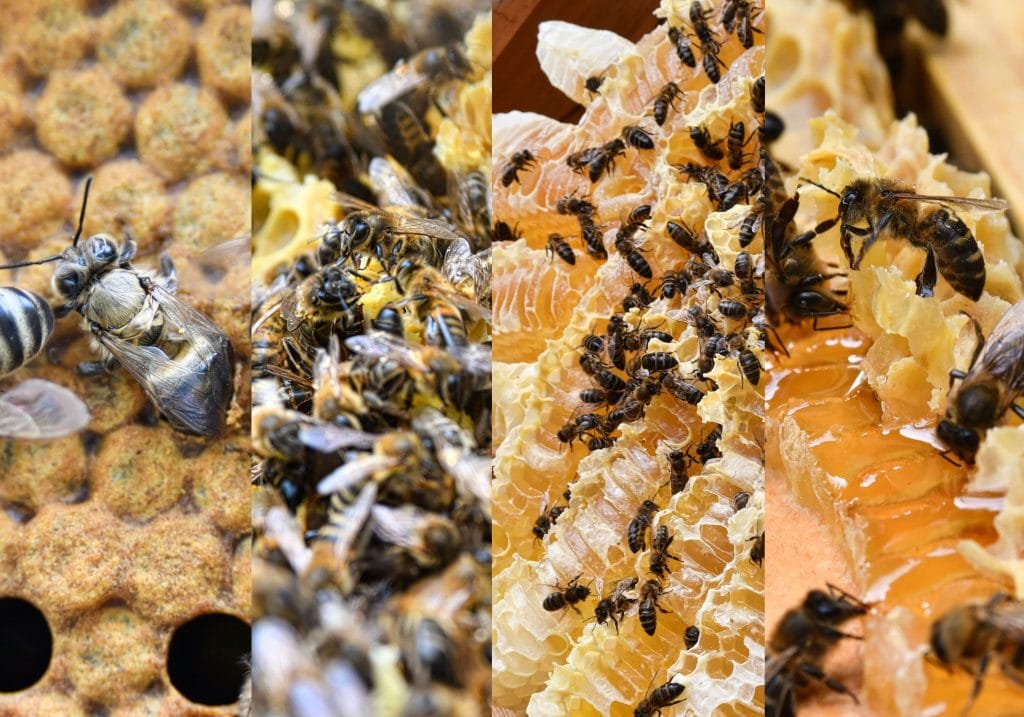
Once the honey box is free of the cover, what is done?
A machine is used that rotates the frame and with centrifugal force the honey is removed and taken to another machine where it is filtered. The honey is left in a stainless steel pot for 2 or 3 days so that it decants and is completely clean and finally, we pack it.
Iván Santana describes his product to us and while he is talking, with the eyes of that 14-year-old boy who is excited about a beehive at home, he seems to be traveling inward and describes in detail while still drawing a honey melody with his hands.
The Colors of Honey
Water color honey Acacia honey
Off-white honey Eucalyptus honey
Intense white honey Bar Honey
Normal white honey Tajinaste white honey
Light yellow honey Tedera honey
Black honey Avocado Honey
How do you distribute your product on the island?
Customers often call me on the phone or write to me and I take it home. Centralized distribution in Telde, Moya, Las Palmas de GC and Arucas. Sometimes I also receive orders from Gáldar and I go to the Pagador or from the South and we meet in the commercial area of La Mareta.
Do you also export outside the island?
We are sending honey to Japan thanks to a chocolate maker @cacaozoku, who also wanted to bring Canarian honey to that country and contacted me through the Mogán city hall. All the bark honey production went entirely to Japan.
And why that precisely?
I received a visit from a man who has a chemical company in Japan and who specializes in caustic soda. This man came from Japan because he learned that in the Canary Islands there was a plant that was very rich in caustic soda, which is our bar, which was used to clean in the past due to its composition. Already here they found out that honey was extracted from that plant and it was the no more. Then a Japanese woman who lives in Tenerife contacted me and they came, I gave them a boat that I had stored there and the man was fascinated.
It's a nice story. And in some other place as exotic as the land of the rising sun?
I sent honey to Antarctica with a captain of mine, who was traveling there with the Hesperides mission.
Has the success of bar honey surprised you?
I did not see myself exporting to Japan but the conditions were in place. If you work well and produce a quality product, things will turn out.
I see that you have prizes and you go to Fairs, any event close to highlight?
The Fair km 0 of Fontanales, on August 21 and 22. As for competitions, I want to participate in London 2022 since the honeys that I have taken this year have a lot of quality. I already got a bronze medal there. In Brussels I also got an award and got one, three and two stars for quality, three years in a row. What international contests cost money and, for now, this is more than a hobby. I can invest part of my earnings, but there are investments to participate in certain contests that are difficult for me.
Training and disseminating beekeeping is something important to you?
Much. I have been learning for ten years or more and as always I have liked to teach so I council. The classes I teach also allow me to continue training.
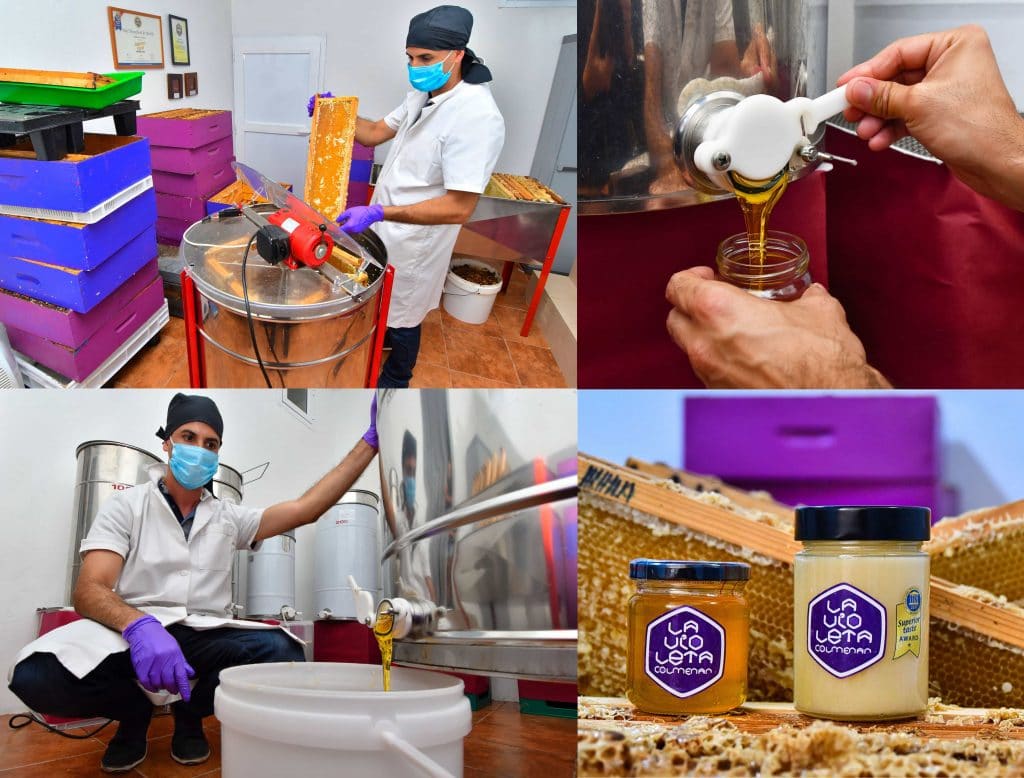
What kind of training exists in this world?
The basic part is about carrying hives and their diseases. A more advanced level would be the part of the career that is raising queen and making queens every year and lastly, what I call the doctorate in beekeeping which is instrumental insemination and genetics which is right where I am training right now.
It is a continuous training but it seems to be well structured.
I am constantly looking for information and learning. COAG usually organizes conferences where perhaps an international geneticist can be brought in to confer and, incidentally, give a course to local beekeepers. There are very good people with whom you learn a lot.
What courses do you teach?
The most basic, to equip beginners with tools and to train professionals who should not be left alone with that. This world is very complex and then hours in the field are needed where they can make mistakes and prove, which is how you really learn.
How do you see the Colmenar de la Violeta in the near future?
With your feet on the ground. We are a small company. In five years there may be a change with respect to the effort I dedicate to honey because it is what I have left of my military life. As things come I can continue with this as an entertainment, train and transmit it to my son or I completely turn over and activate it as my main job, where I would have to increase the number of hives and everything.
It would be good to see the moon arrive at dawn with the white honey from the violet apiary. For now we say goodbye to Iván Santana and Colmenar La Violeta wanting more artisan honey from a local beekeeper.

